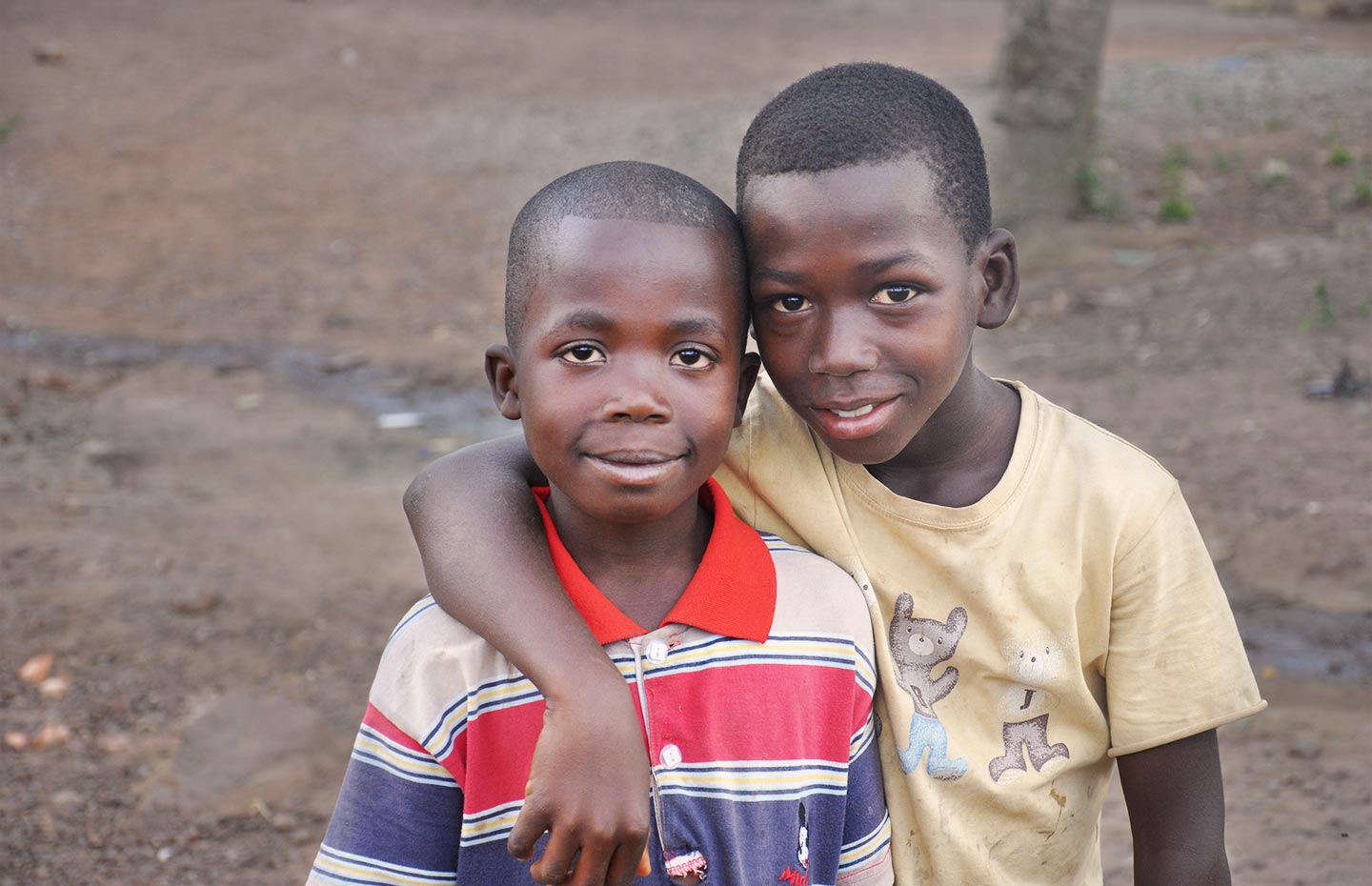Contents
Key strategic focus areas (SFAs)
HSIS policy
Knowledge products
Technology and digital health innovation (DHI)
- Digitally empowered community health workers:
English | French - Driving impact with smart immunisation supply chains:
English | French - GIS in microplanning: English | French
- Harnessing drone technology:
English | French
Human resources for health
- Boosting health workers’ performance: interventions that close the zero-dose gap:
English | French - Closing the gap: transforming health workforce challenges into solutions:
English | French - Scaling up innovative training platforms for routine immunisation:
English | French - Strengthening every community health worker: the power of crystal-clear job definitions:
English | French
Zero-dose interventions
- Breaking down silos to reach zero-dose children
English | French - Context-specific strategies for reaching zero-dose children
English | French - Zero-dose children in northern Nigeria
English | French
Community Engagement
- Beyond reaching zero-dose children: the ripple effects of community-centred strategies:
English | French - Using human-centred design for behavioural insights to reach more zero-dose children:
English | French
Share
The text below will be updated in late 2025 to reflect the new Health Systems Strategy and Gavi’s 2026–2030 strategy (Gavi 6.0). For the latest information about health systems progress, check out Gavi’s Annual Progress Report.
The issue
Since 2000, basic immunisation coverage in Gavi-supported countries has increased from 59% to 80%. At the same time, the population has increased significantly. But in the last couple of years, progress has stalled. Health systems in the poorest countries are still not reaching almost one in five children with a full course of basic vaccines.
These remaining pockets of under-immunised children are often the hardest to reach. Many live in urban slums or in remote rural areas, unregistered with health clinics and beyond the reach of health workers. Others are born into marginalised communities where parents may be unaware of the benefits of vaccination.
Vaccinating a child in a health clinic is just the final destination of a complex journey that spans a sequence of essential steps, from training health workers and maintaining the cold chain to collecting data and raising awareness of the benefits of vaccination.
All of these activities have to be in place if vaccines are to be delivered even to the poorest and hard-to-reach communities. Importantly, they also provide a platform for delivering other essential primary healthcare services.
Improving coverage and equity is one of the central tenets of our 2016–2020 strategy. To reach the children who are missing out we have adopted new and enhanced strategies, including a new approach to strengthening health systems.
Gavi's response
Removing barriers to coverage and equity
Gavi’s health systems and immunisation strengthening (HSIS) framework, launched in 2016, brings together all types of Gavi support. This ensures more long-term predictability and allows for more integrated grant planning and budgeting. It also shifts decision-making processes closer to countries.
Having an overview of all support means future vaccine introductions can be timed and sequenced appropriately. Health systems strengthening activities are better able to boost routine immunisation and support new vaccine launches.
This approach also allows us to measure progress through one single grant performance framework (GPF). The GPF covers the entire portfolio of grants for each country, tracking key inputs, activities, intermediate results and intended outcomes.
The bulk of our investment in health systems strengthening is directed towards improving coverage and equity through key strategic focus areas, or SFAs. These are the areas we believe are most likely to contribute to sustainable improvements.
So far, the following SFAs have been introduced:
Data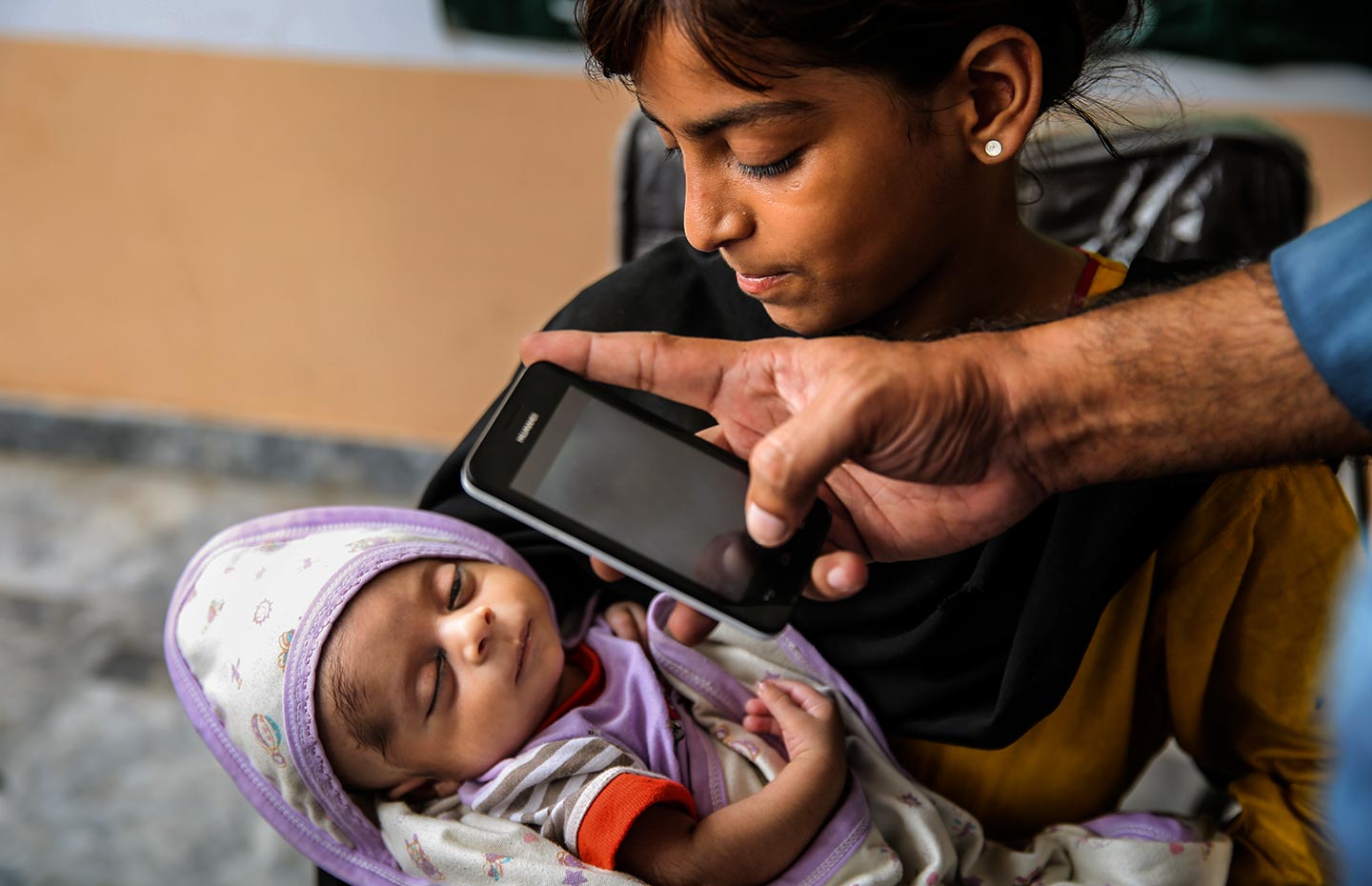 | Immunisation supply chain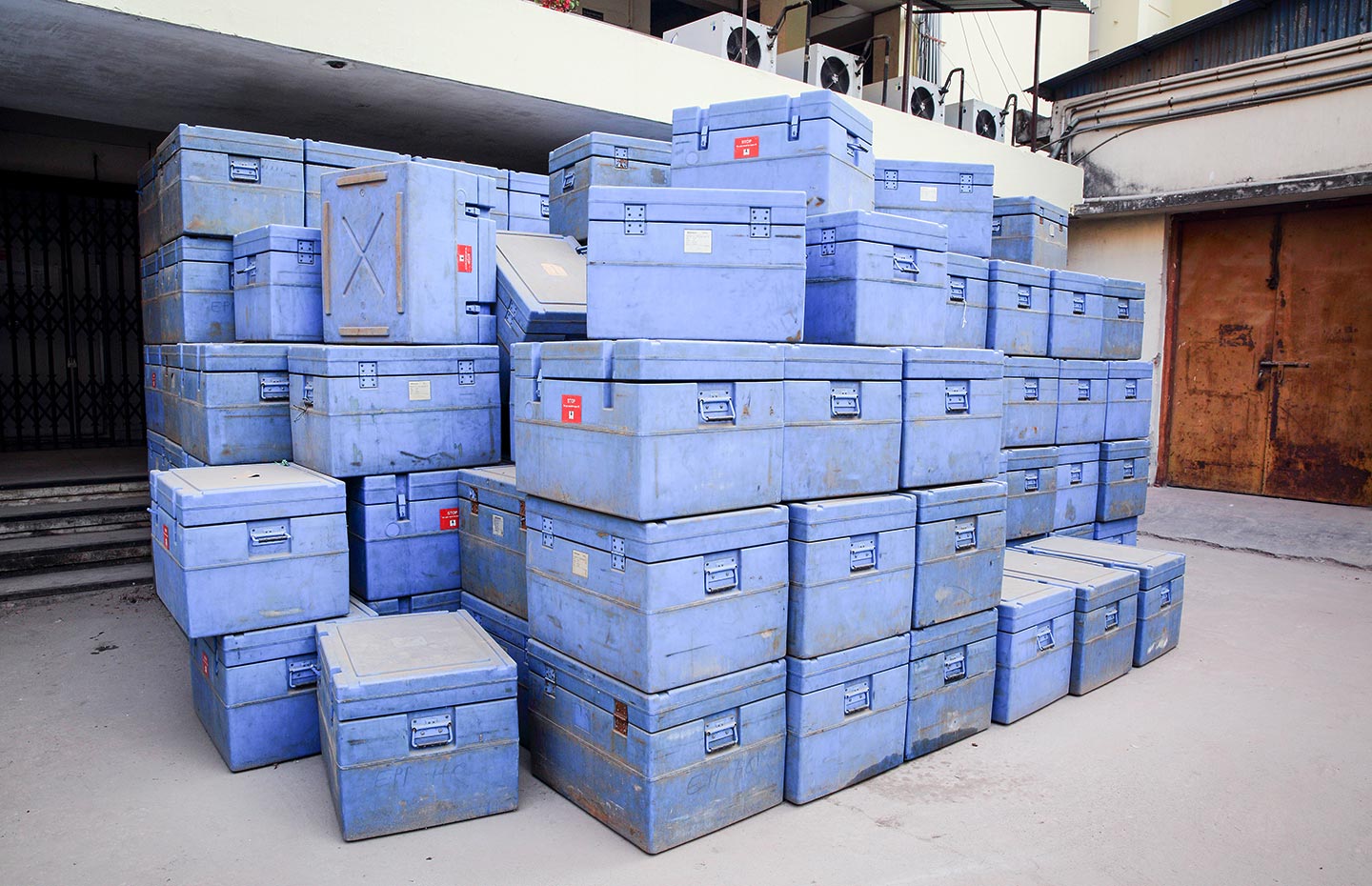 |
Leadership and management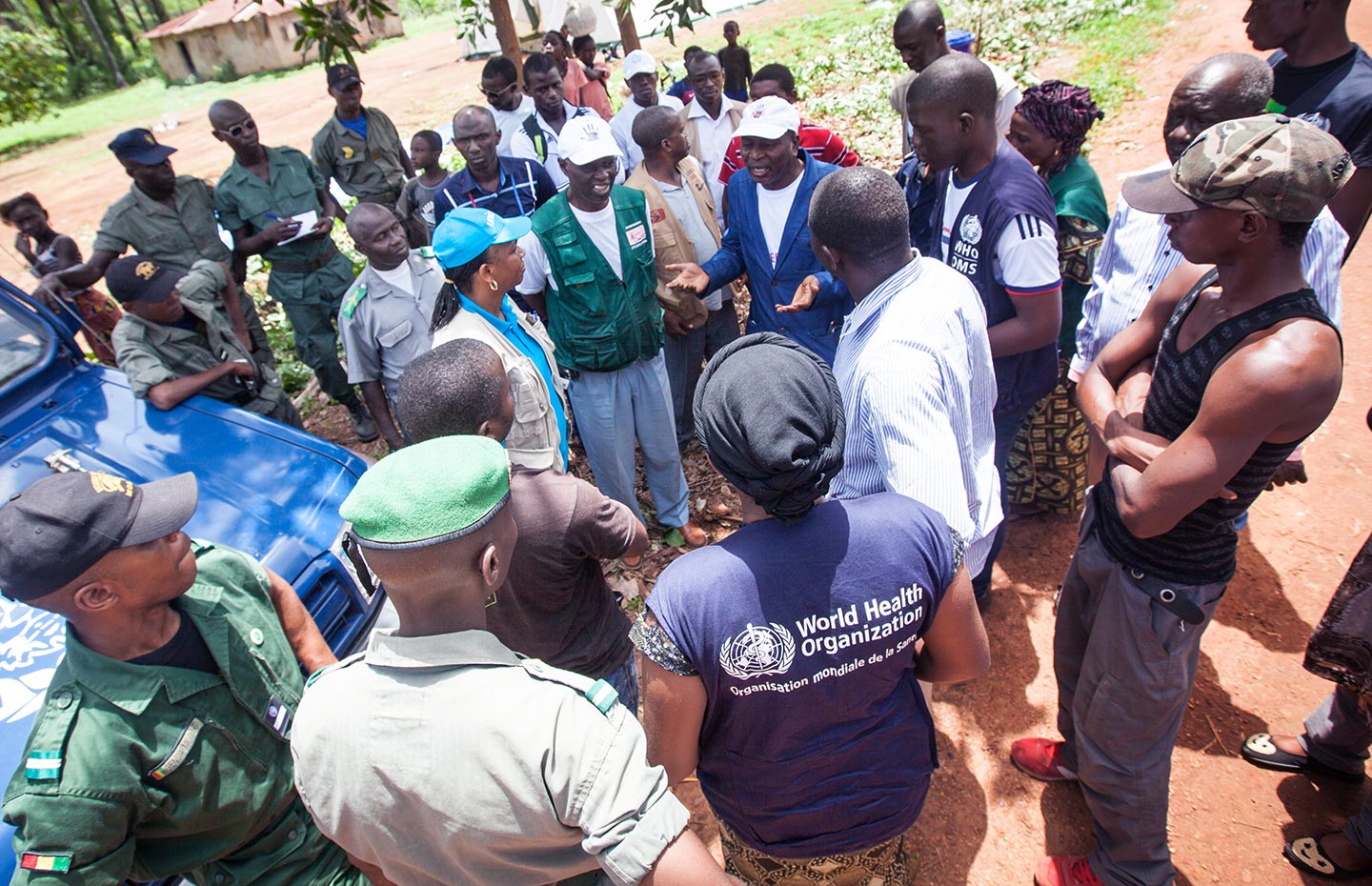 | Demand promotion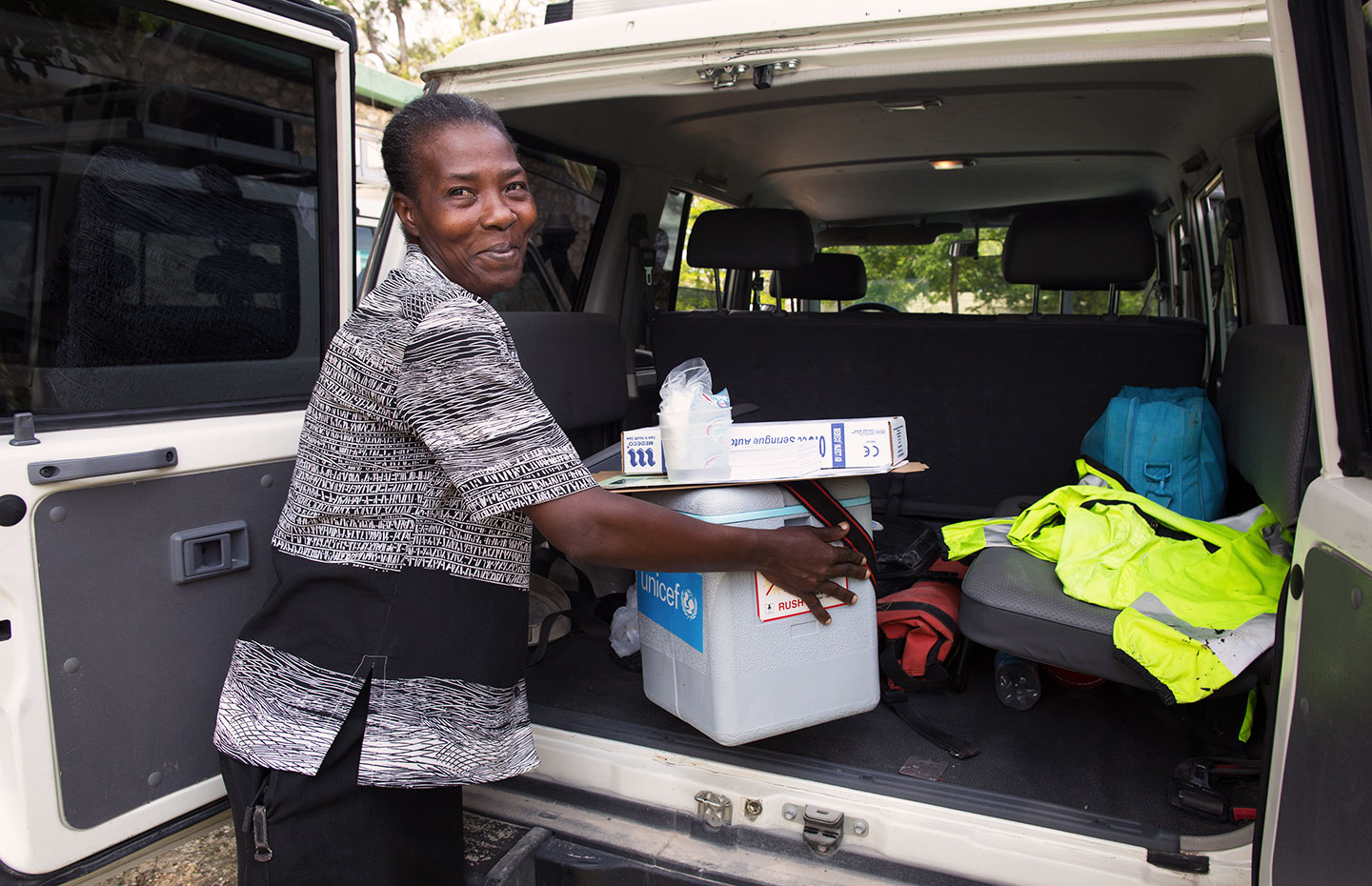 |
Gavi's impact
Increasing the effectiveness and efficiency of immunisation delivery as an integrated part of strengthened health systems.
In the first two years of our 2016–2020 strategy, we have seen improvements across several areas of our health systems strengthening (HSS) efforts. Thirty-four countries have been approved for support for more modern, energy-efficient cold chain equipment through our innovative platform. The proportion of countries of Gavi-supported countries that meet the benchmark for integrated service delivery increased from 32% in 2015 to 44% in 2017.
Still, coverage rates for a full course of basic immunisation in Gavi-supported countries have remained unchanged over the past couple of years. This is a clear indication that some delivery systems are still weak.
Measuring progress
We track our efforts to strengthen health systems through five key indicators:
1. Supply chain performance
This indicator allows countries to evaluate their supply chain performance over time against best practice standards, as well as to identify and respond to shortcomings. It assesses features such as vaccine control, storage capacity, vaccine management, human resources and information systems.
In 2017, Gavi-supported countries received an average score of 68% in WHO’s effective vaccine management assessment, up from 67% in 2016. A target for this indicator will be developed in late 2018.
Read more about Gavi’s supply chain support.
2. Data quality
We measure data quality by tracking the degree of consistency between available estimates of coverage. Read more about our support to improving data quality.
3. Coverage with a first dose of pentavalent vaccine and drop-out rate between the first and third dose
Measuring coverage with a first dose of basic vaccines and the “drop-out” between the first and last dose provides a good indicator of the ability of health services to deliver immunisation services. High first-dose coverage combined with low drop-out rates suggests a strong health system.
Coverage with a first dose of pentavalent vaccine in Gavi-supported countries has remained flat at 86% since 2015. The drop-out rate between the first and third dose was 7%, the same level as in 2016.
4. Integrated health service delivery
This indicator measures the percentage of countries we support meeting our benchmark for integrated delivery of antenatal care and immunisation services. If these services achieve similar levels of coverage, it generally means that the linkages and coordination between them are strong.
In 2017, 44% of Gavi-supported countries met the benchmark for integrated health service delivery – an increase of 10 percentage points from the previous year.
5. Civil society engagement
We use three criteria to assess the level of civil society engagement:
- inclusion of civil society organisations (CSOs) in national immunisation plans with clearly stated activities;
- defined allocations in the EPI budget for CSO plans and activities; and
- documented evidence that CSO plans have been completed and/or are being implemented.
In 2017, 12 (57%) of the 21 Gavi-supported countries for which data was available met all three criteria, up from 40% in 2016. A target for this indicator will be developed in late 2018.

